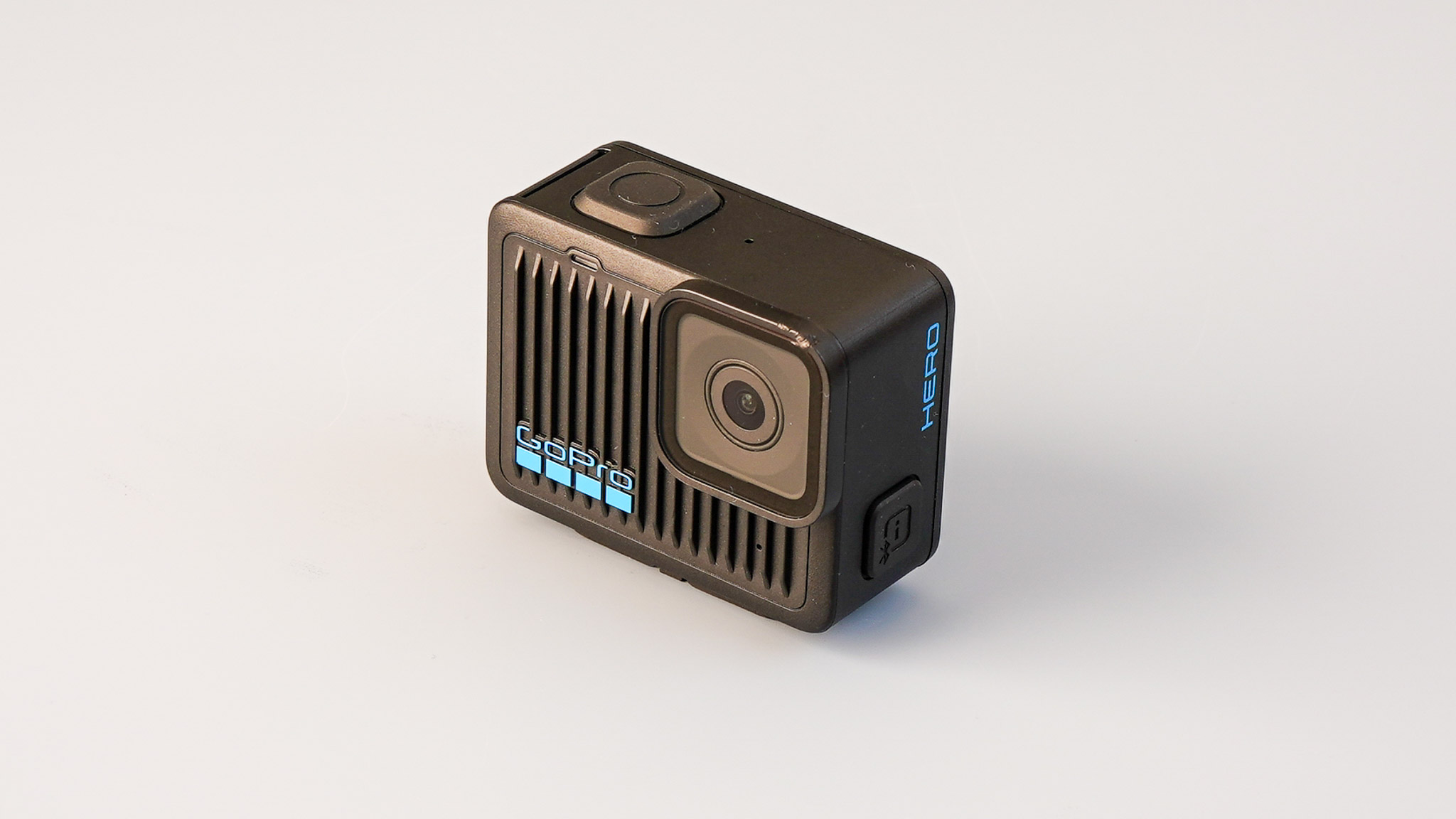
GoPro announced the tiny HERO alongside the flagship GoPro Hero 13 Black in September 2024. However, it didn’t make it available for me to test at the time, which is why it took me two months to write this review of the little sibling.
I want to clarify that the HERO isn’t a new iteration of the GoPro Hero 11 Mini. Instead, the brand went back to the drawing board to reimagine what an affordable version of the Hero Black series might be.
And, between you and me, GoPro found the right balance with the HERO. Sure, it doesn’t have two displays and can’t shoot at glorious 60 fps, but thanks to its lightweight, compact form factor and easy-to-use interface, it's the best GoPro for beginners.
Is it the best GoPro for your needs, though? How does the HERO compare to the best action cameras, particularly the Insta360 Go 3S? What are the benefits and drawbacks of the dinky, rugged camera? Read my full GoPro HERO review below to learn more.
GoPro HERO review
Price and availability
The GoPro HERO was announced in September 2024 and is available to buy now at GoPro UK, GoPro US and GoPro AU for a recommended price of £199/ $199.99/ AU$349.95. It costs exactly half as much as the Hero 13 Black.
The HERO is available in various accessory bundles, including the Starter Bundle, which includes the Shorty stand, a Bite Mount, and a Camera Case; the Mountain Bike Bundle, which adds seven adhesive mounts, a Bite Mount, a Handlebar / Seatpost / Pole Mount, and a Camera Case; and the Swim + Snorkel Bundle, which includes The Handler, a Bite Mount, and a Camera Case in the box.
Specifications
- Dimensions (mm): 56.6W x 47.7H x 29.4D
- Weight (Camera + Mounting + Battery): 86g
- Rear Display Size: 1.76" Touch LCD
- Front Display Size: N/A
- Water rating: TBC
- Sensor: 1/2.8" CMOS
- Max video resolution: 4K 16:9 @30 fps
- Image stabilisation: HyperSmooth – applied in app
- Max photo resolution: 12MP
- Max screengrab from videos: 8.29MP from 4K 16:9
- Built-in GPS: no
- Battery: Built-in 1,255mAh Enduro battery
- Battery life: TBC
- Connectivity: Wi-Fi 5 - 2.4GHz, 5GHz; BLE 5.2; USB-C
Design and build quality
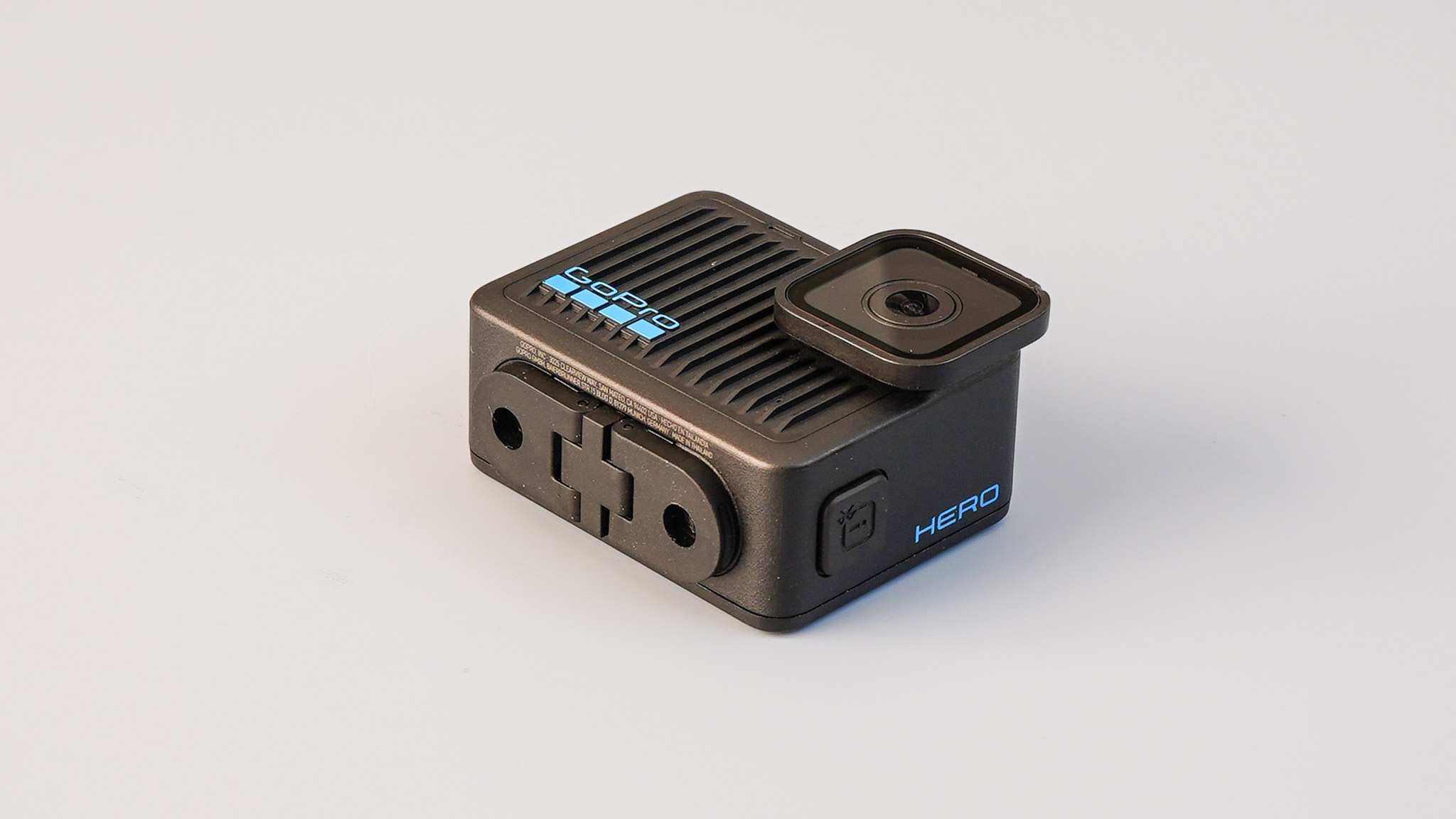
The Hero's biggest appeal (apart from the affordable price, of course) is its small form factor. It’s roughly half the size of the Hero 13 Black and weighs only 86g. I can’t emphasise enough how small it is; in my hand, it looks like a toy action camera, something you would give to a toddler to play with.
One big difference between the HERO and its full-size sibling is the battery. The HERO’s battery is built-in and cannot be replaced like in the Hero 13 Black. This means you can swap batteries on the go to expand runtime, and the camera is also susceptible to battery degradation over time.
The other thing you miss out on is the different mounting options big GoPros offer. The HERO only has finger mounts; there are no magnetic mounts of threads here. You’ll be able to attach it to most GoPro accessories, but it takes a bit longer to move it over to a new mount than if it had magnetic connectors.
The HERO only has one screen, a 1.76" Touch LCD at the back. The button layout is the same as on the big Hero—an I/O button on the side and a recording button at the top. The optical unit has a huge lens attached, which overhangs the camera body.
I’m sure there is a reason for this, but it also makes the lens more susceptible to damage. I dropped the camera in the snow during the testing period, and it clearly hit the frozen ground or rock and chipped the edge of the lens. The glass remained unscathed, though!
Features
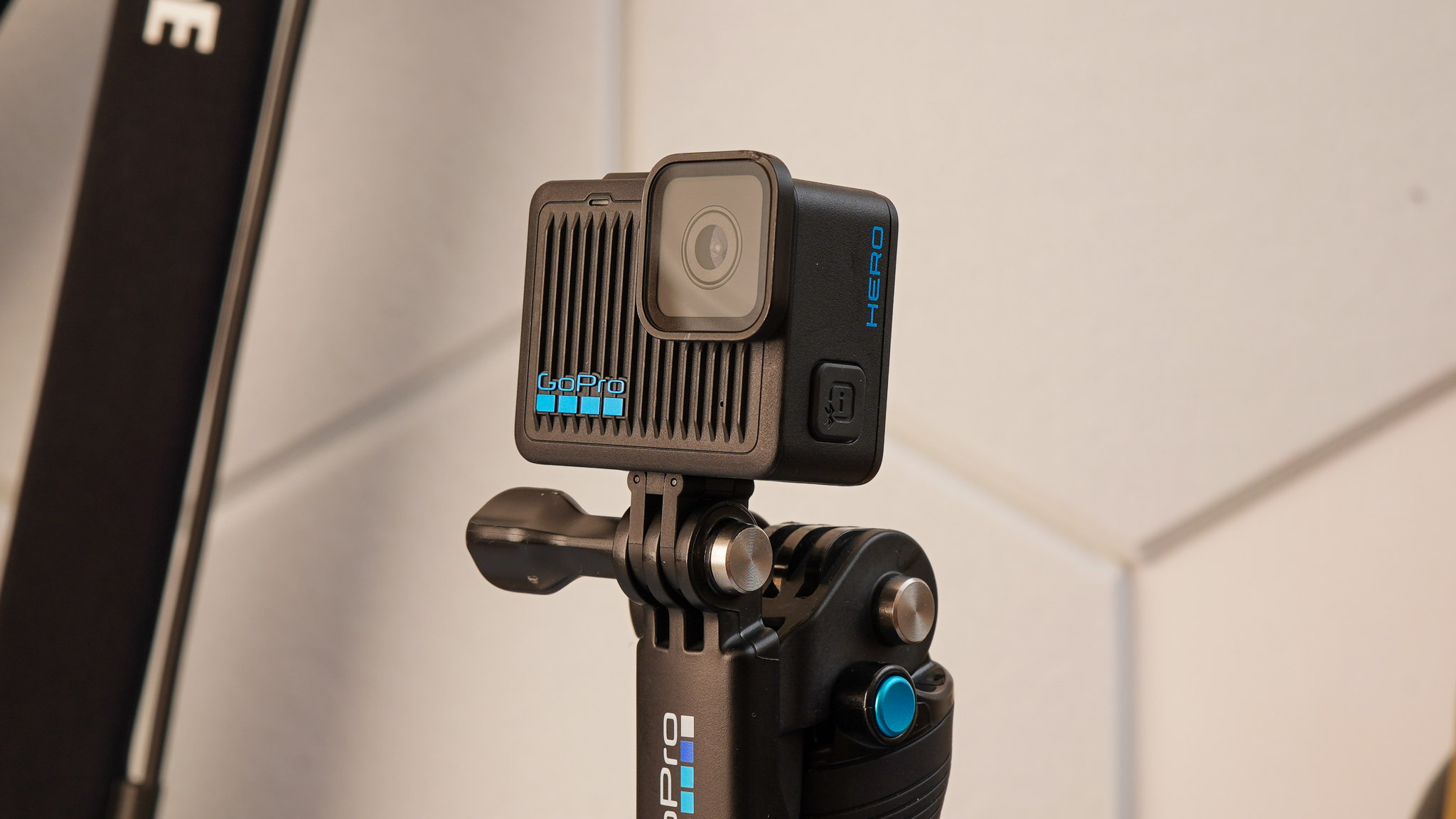
The GoPro HERO has reduced functionality and resolution compared to the Hero Black line, which is understandable. It can shoot videos in up to 4K resolution at 30 fps in a 16:9 ratio. Slo-mo is limited to 2.7K @ 60/50fps (not quite the 400 burst slo-mo mode of the Hero 13 Black, but it’s something), and there is no timelapse function. Max photo resolution is 12 MP.
One thing to note is that GoPro says the 4:3 aspect ratio in video mode is coming to HERO by the end of the year. This is excellent news, as this mode will make it easy to crop videos in different orientations. For now, you have to physically rotate the camera to shoot videos in a vertical orientation.
Image stabilisation happens in the app, not on camera, meaning you will have to offload the videos to Quik before using them anywhere else (e.g. Adobe Premier Pro). The preview on the HERO isn’t stabilised, either, so if you’re checking the footage on location and worried about the shake, rest assured it will be reduced once you add the videos to Quik.
The HERO does support voice commands. You can start and stop recording, take photos and turn the GoPro off using nothing but your voice. The voice isn’t personalised, so anyone who knows the commands can instruct the camera, not just the owner. Voice command operation can be turned on/off in the menu.
Performance
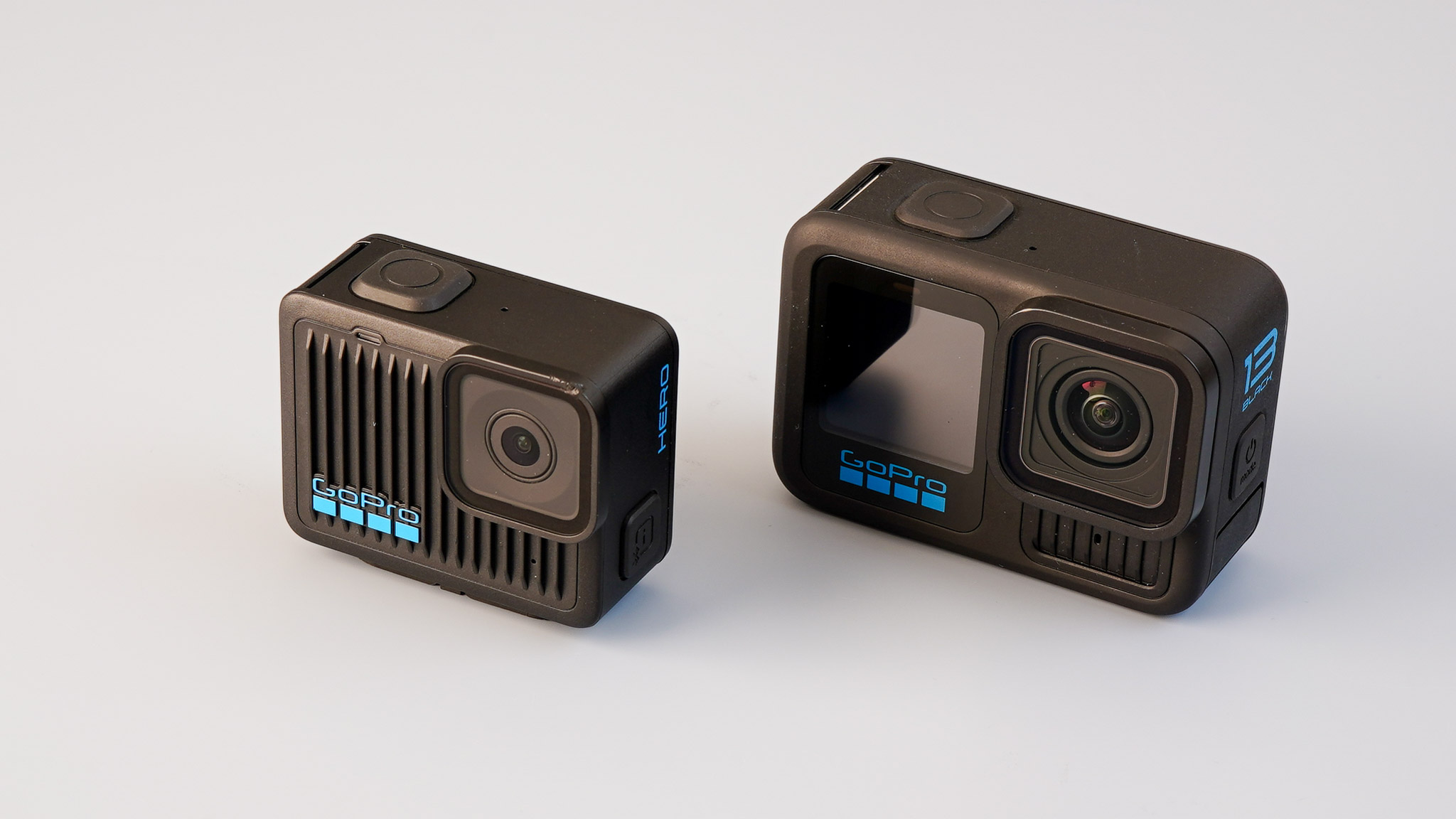
GoPros generally have intuitive controls, and this is especially true for the HERO. There are only two physical buttons and only a few shooting modes to keep things as fool-proof as possible.
I used the HERO in a few different scenarios. Took it e-biking in Finland, shot some footage in an ice rink and used it to record vlogging-style footage. The camera performed well under these circumstances, and the results were always good – as long as you download them to Quik first so they can be stabilised.
As mentioned above, the HERO hasn’t got on-board stabilisation; the footage gets stabilised in the smartphone app every time you open it in preview. Once you export it from the Quik app, it’ll get permanently stabilised. In most cases, this won’t be an issue. Professionals might find it cumbersome to use multiple apps to get their videos into third-party video editing software, but I’d imagine they opt for the Hero 13 Black, anyway.
The only thing I missed was the 4K@60fps mode. I’m quite used to shooting videos at that frame rate, and it also looks better on social media. 30fps isn’t terrible, of course, but the movement looks less smooth. The lower maximum frame rate helps the camera not overheat, which was one of the biggest issues with the Hero 11 Mini.
Battery life
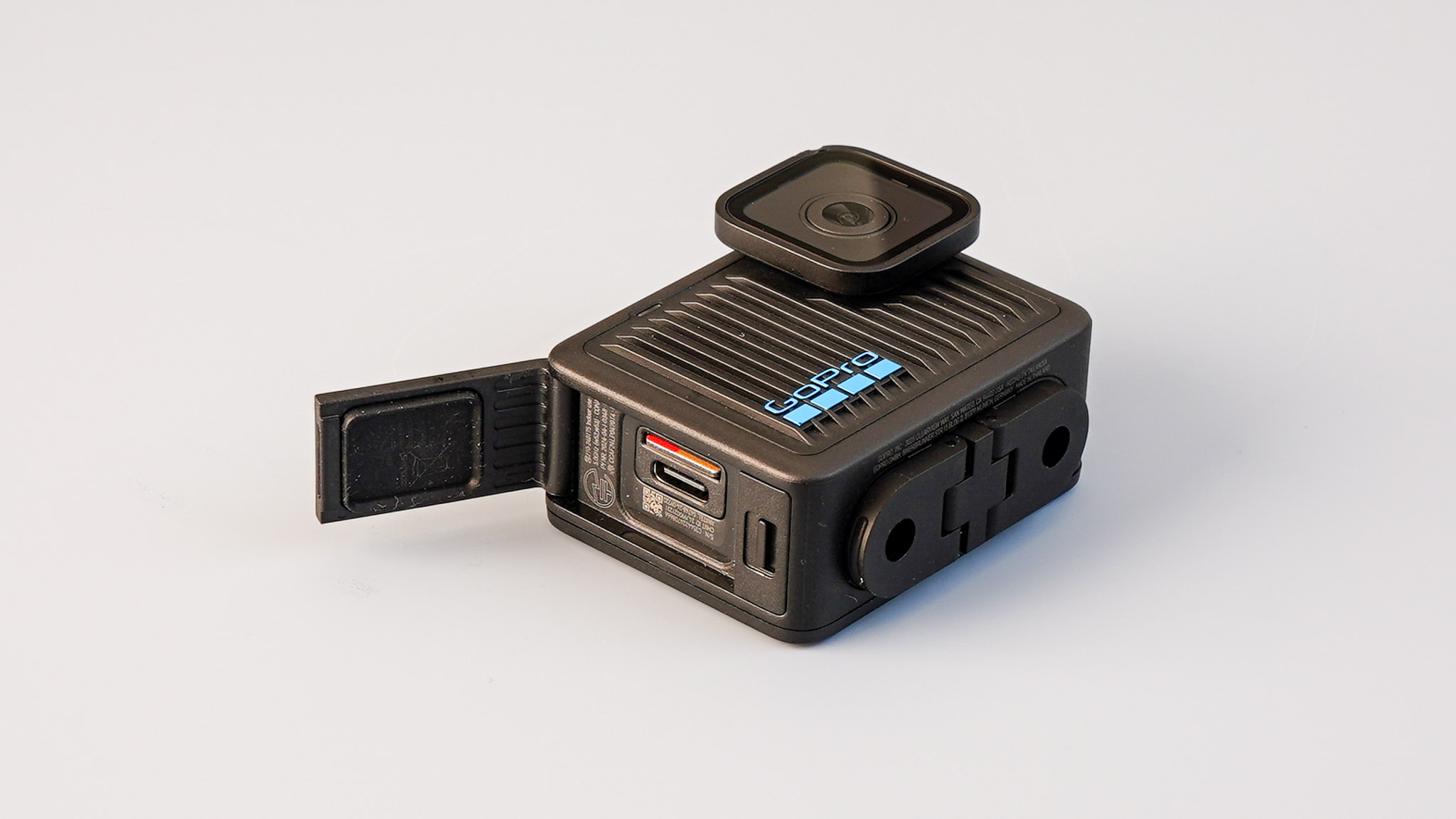
I was impressed with the GoPro HERO’s battery life. As always, I subjected the dinky camera to a run test on my balcony (i.e. not indoors), expecting it to run out of stamina in less than an hour.
Surprisingly, the HERO kept recording at 4K@30fps until the memory card was full, which was at the 75-minute mark. Better still, the camera wasn’t hot, either, which is impressive considering how small it is.
This is excellent news, as the HERO has a built-in battery, which means you can’t swap out the depleted battery on the fly to keep shooting. Once the battery is drained, it takes about an hour to recharge it at room temperature, which, in my case, is around 16-17 degrees Celsius (60.8-62.6 degrees Farenheit).
Who's the GoPro HERO for?
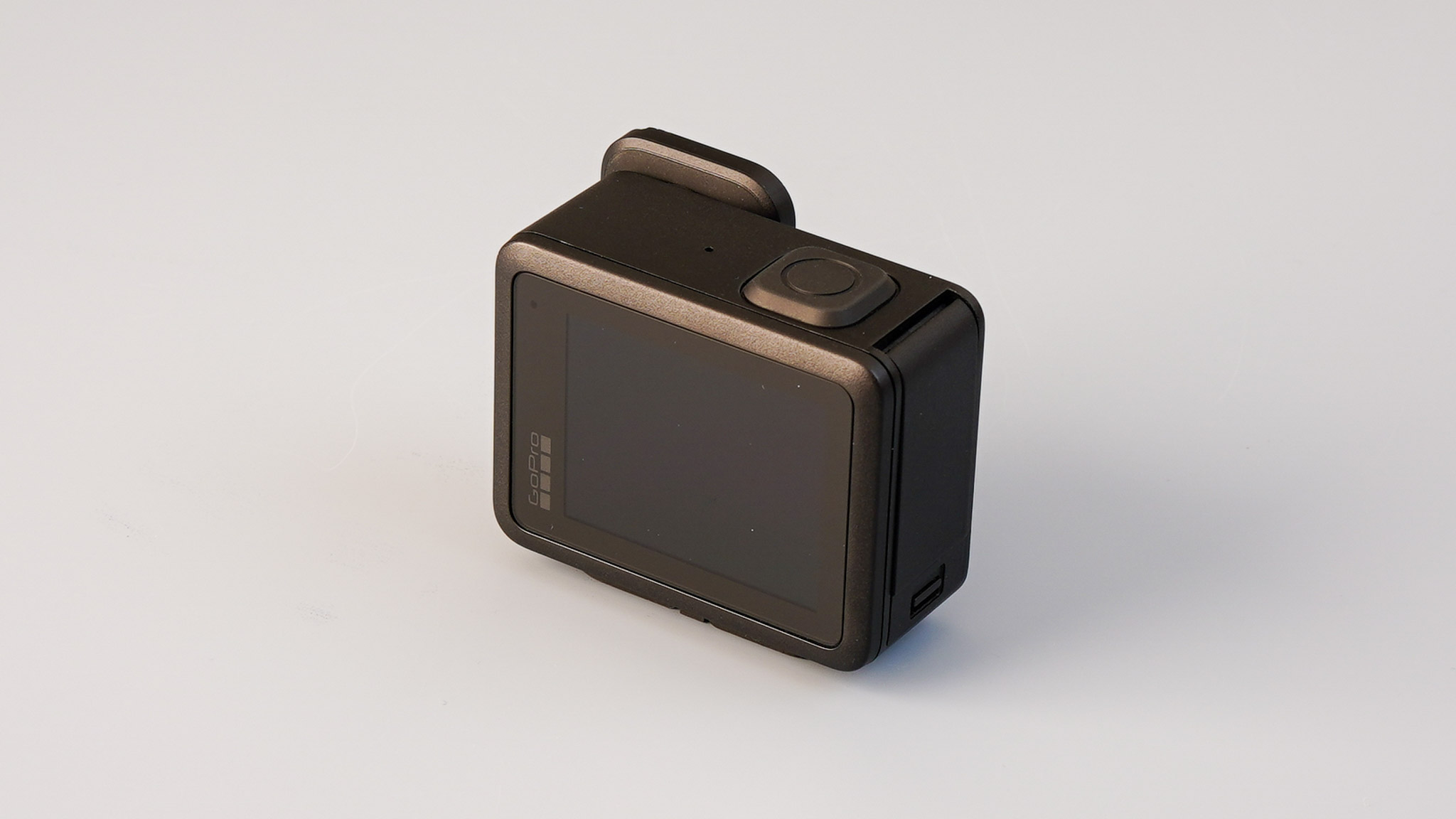
The GoPro HERO is best suited for beginner content creators and athletes who would like to record their shenanigans but don’t need the customisability of the flagship Hero Black range. Thanks to the small form factor and lower asking price, it’s also an excellent choice for younger users.
Should you buy the GoPro HERO?
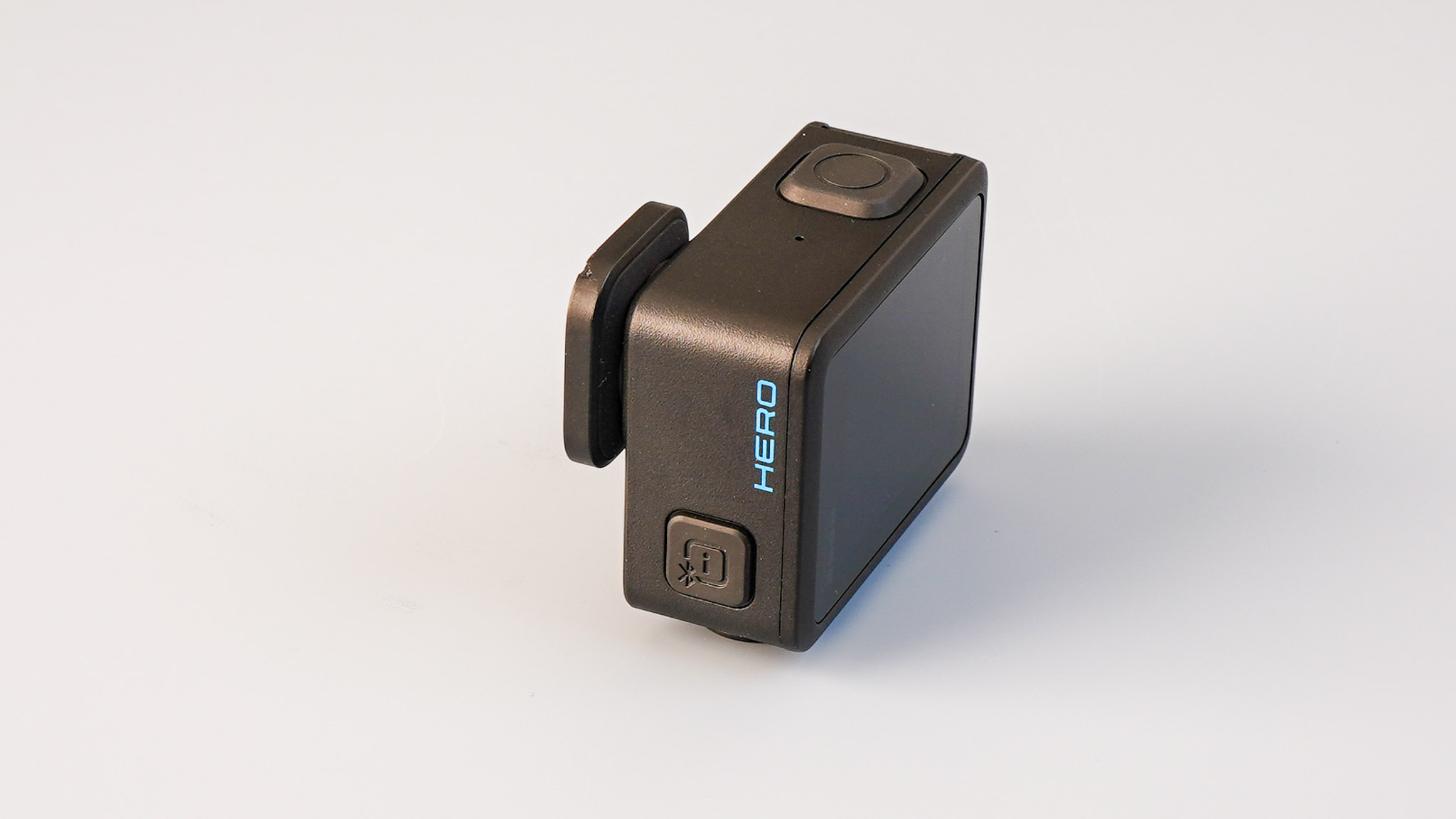
The GoPro HERO is an excellent choice for beginners and casual users seeking an affordable, compact, and user-friendly action camera. Its solid 4K recording capabilities, lightweight design, and impressive battery life make it ideal for capturing everyday adventures.
However, for professionals or enthusiasts requiring advanced features like higher frame rates, swappable lenses, or in-camera stabilisation, the HERO may not meet all expectations.
Verdict
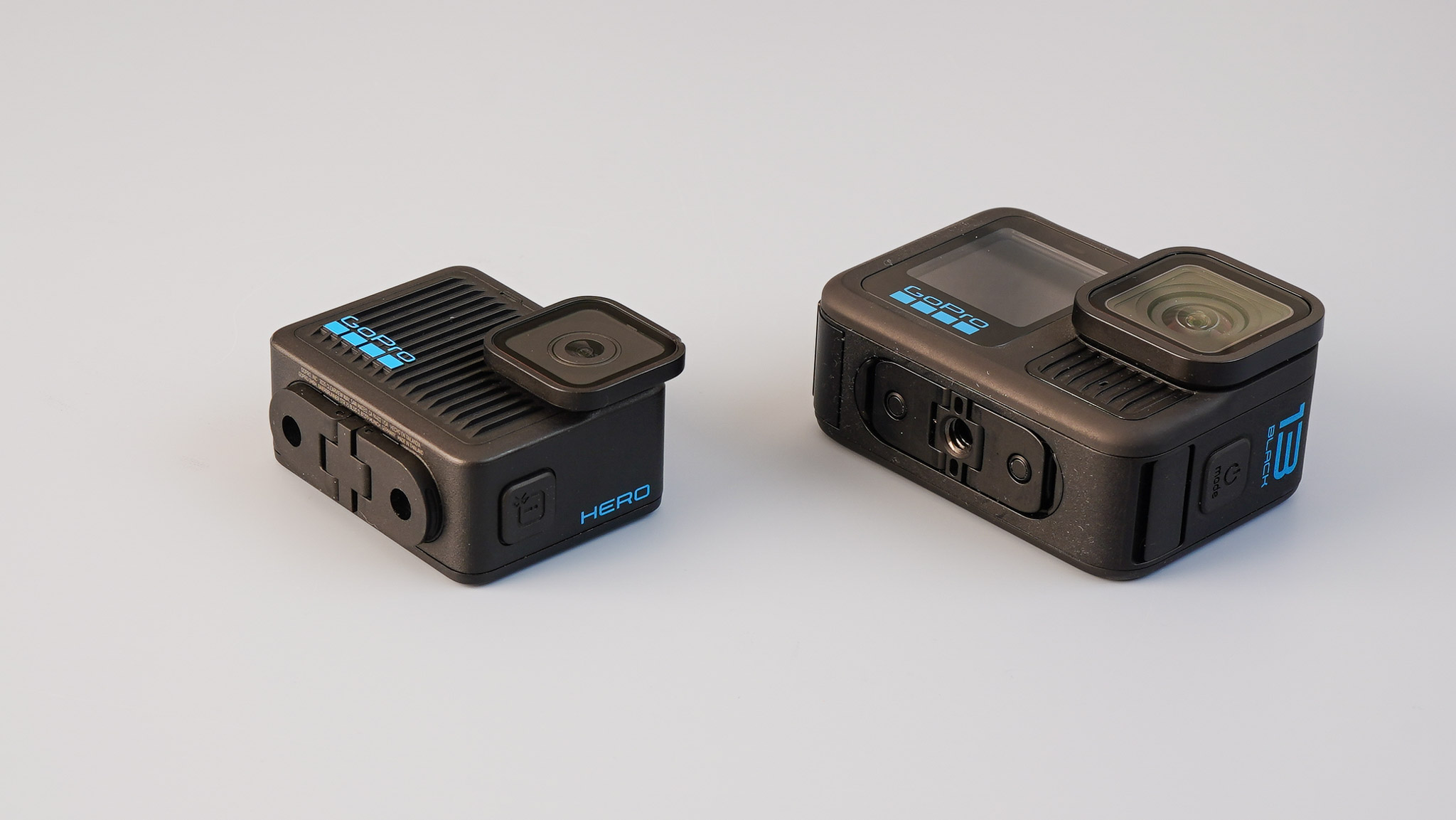
The GoPro HERO is an excellent entry point to the GoPro ecosystem. It’s less intimidating than the flagship model and costs less, too. It misses out on a few features that make the Hero 13 Black desirable (e.g. higher frame rates, front display, swappable battery, etc.), but it’s a much better take at a small GoPro than the Hero 11 Mini ever was.
It excels with solid 4K recording capabilities, lightweight build, and a user-friendly interface, while also offering impressive battery life for its size. Voice command support and durability further enhance its appeal. Overall, it’s a great choice for beginners and casual users, prioritising simplicity and value over high-end functionality.
Also consider
DJI Osmo Pocket 2: an excellent alternative for users prioritising cinematic video quality over ruggedness. Unlike the GoPro HERO, it features a built-in gimbal for superior stabilisation and smoother footage but lacks the HERO’s waterproof and durable design, making it less suitable for action-heavy scenarios.
Insta360 GO 3S: This tiny camera is ultra-portable, perfect for quick content creation, and includes innovative 360-degree shooting modes. It lacks the rugged durability of the HERO but excels in versatility for creative shots.
GoPro HERO 11 Mini: While slightly older, the HERO 11 Mini offers 4K recording at 60fps, better stabilisation, and higher durability. It's a pricier option but ideal for users seeking advanced features in a compact package.







